Across forests, reefs, savannas, and our own living rooms, a quiet revolution in animal intelligence is unfolding. For decades, scientists debated whether clever behaviors were instinct or true problem-solving; now, methodical experiments and new tools are redrawing the map. The puzzle is bigger than a single species, and every year adds a surprising twist. What we’re learning is both thrilling and uneasy: many animals think, plan, and feel in ways we’re only beginning to measure. The question is no longer whether they are smart, but how their smarts work – and what that means for us.
The Hidden Clues: Crows That Craft Tools and Solve Puzzles
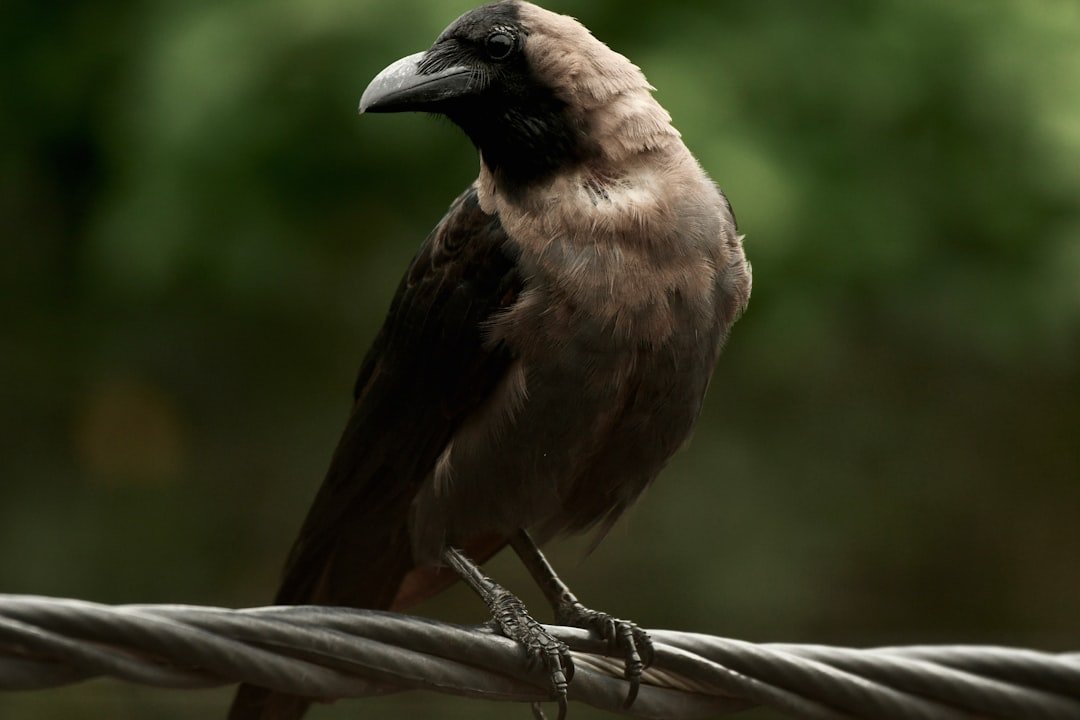
How do you explain a bird that makes a hook to fish out food? New Caledonian crows shape twigs and even bend strips into hooks, then deploy them in multi‑step tasks. They’re not just copying; they adapt designs when the situation changes.
In lab setups, crows retrieve one tool to unlock another, a neat example of planning around constraints. I remember watching one bend a wire on video; it felt like a tiny engineer at work. If intelligence is problem‑solving under pressure, these birds clear the bar.
From Ancient Tools to Modern Science: Chimpanzee and Bonobo Cultures

Great apes don’t just use tools – they teach them. Wild chimpanzees crack nuts with stone hammers and fish for termites with prepared sticks, with techniques that differ by region. Bonobos share food and trade favors in flexible social exchanges.
These group‑specific behaviors look a lot like culture passed across generations. When environments shift, toolkits shift too, hinting at innovation rather than habit. It’s a moving picture, not a snapshot of instincts.
Voices with Names: Dolphins and Signature Whistles

Bottlenose dolphins develop unique signature whistles that function like names, helping individuals keep track of allies in shifting seas. Mothers and calves trade these acoustic IDs early, cementing bonds in noisy waters. Adults can reproduce a partner’s whistle to call them specifically.
This naming system supports coordinated hunts and social memory across years. Communication here is not random noise; it’s information aimed at a target. In ocean teams, identity is everything, and these voices make the team.
Memory Like a Map: Elephants That Recognize Themselves and Remember Water
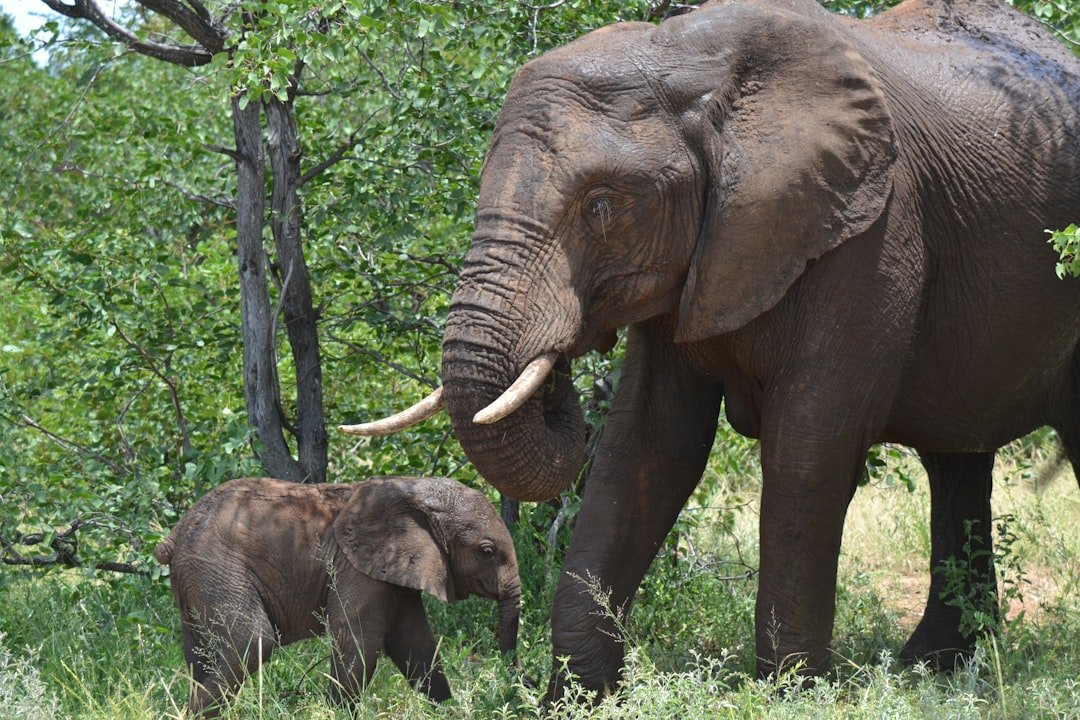
Elephants pass the mirror test, inspecting marks on their own faces – a striking clue to self‑recognition. Family matriarchs lead herds along routes to distant waterholes recalled from earlier droughts, a lifesaving memory map. Their social awareness shows in reunions, careful caregiving, and protective circles around calves.
Mourning rituals at carcasses suggest a sense of loss that’s hard to dismiss. In landscapes where survival is seasonal, long memory becomes strategy. Wisdom, it turns out, is not just a metaphor here.
The Puzzle Artist: Octopus Ingenuity from Coconut Shells to Locks

Octopuses carry coconut shells for mobile shelter, a portable bunker they assemble on the go. In labs, they unscrew jars, solve mazes, and adapt to novel contraptions with startling speed. Their nervous system spreads beyond the head; arms taste and decide locally.
Short lives haven’t capped their creativity; they compress learning into intense bursts. Camouflage helps them hide, but problem‑solving helps them win. If intelligence had a fluid form, it would look like an octopus.
The Mathematicians of the Sky: Parrots That Grasp Categories and Numbers
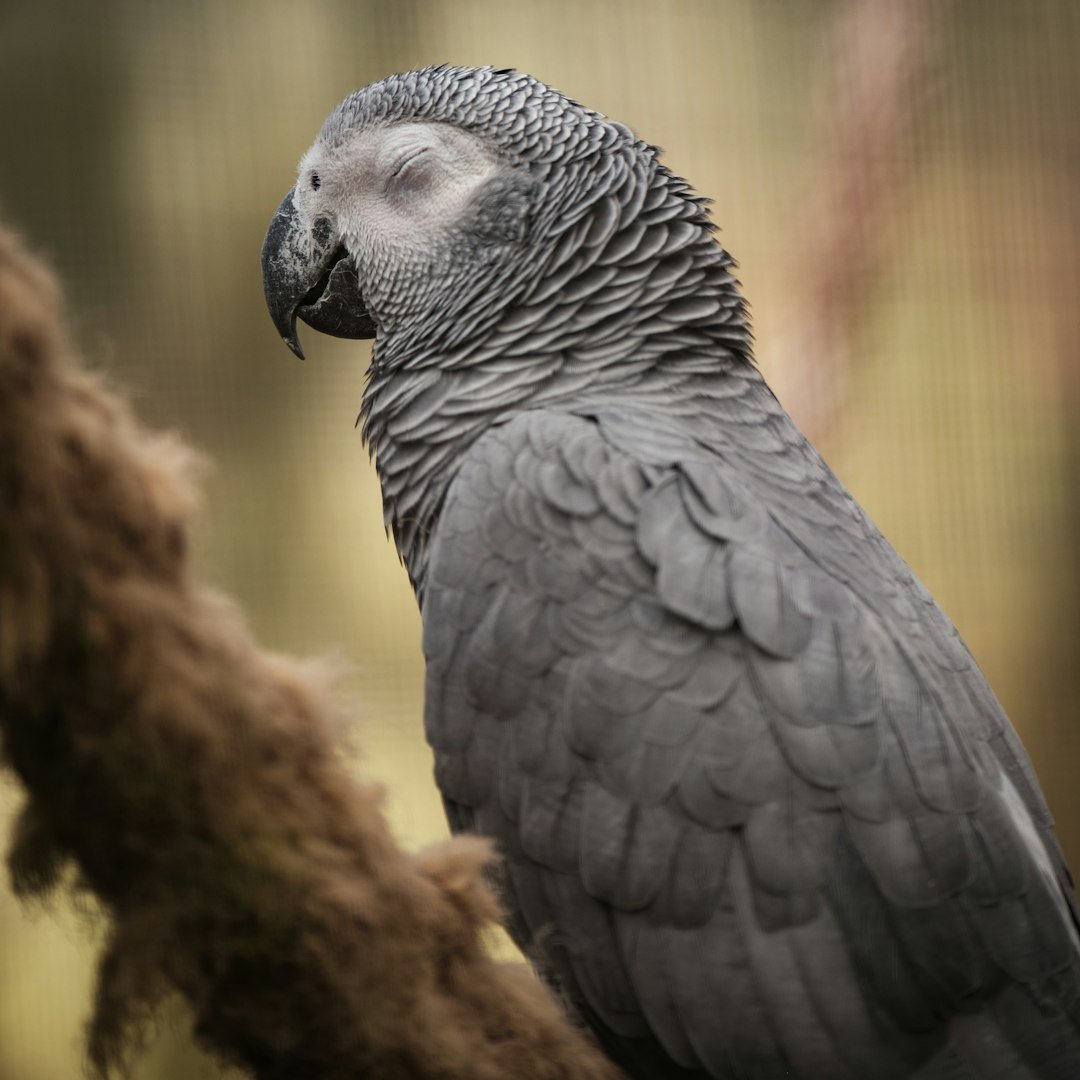
African grey parrots and kea parrots don’t just mimic; they sort objects by color, shape, and material. Some individuals learn labels for quantities and can pick the larger set across changing displays. This isn’t rote memory – it’s flexible comparison.
Playful curiosity drives much of their learning, with trial‑and‑error turned into strategy. When puzzles change rules mid‑stream, skilled parrots adjust without missing a beat. That nimble switch is a hallmark of higher cognition.
Quiet Acts of Kindness: Rats That Help, Even Without a Reward
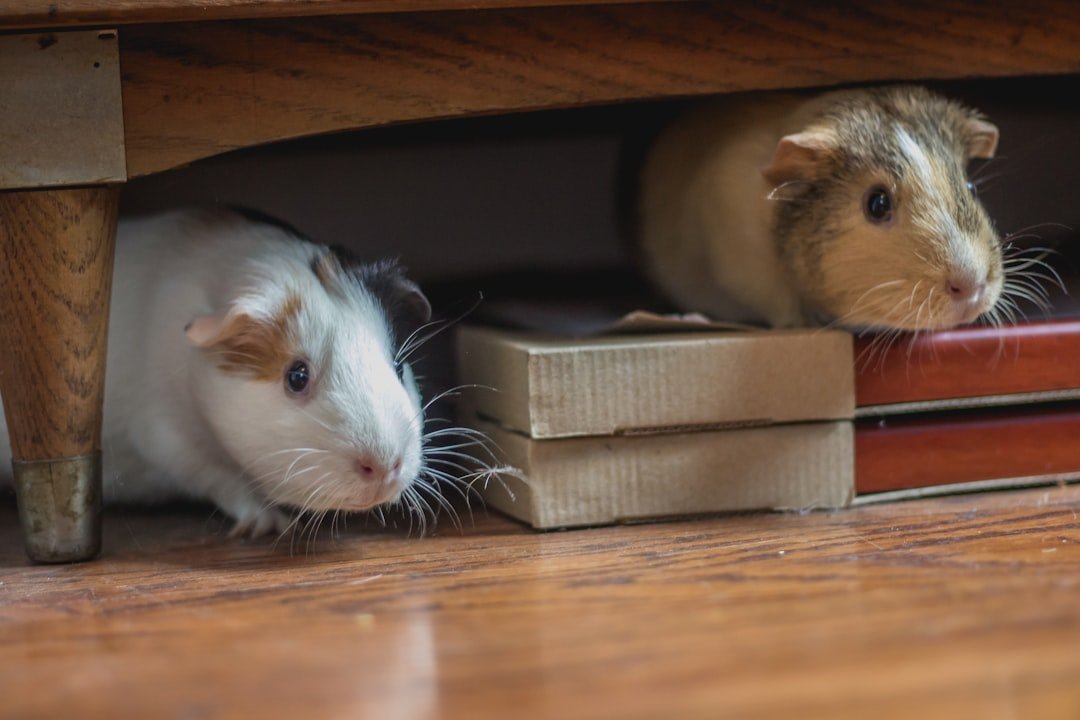
Laboratory rats will work to free a trapped companion, even when food isn’t part of the deal. They learn to operate doors and repeat the rescue on later days, suggesting persistence beyond novelty. Stress levels drop once the partner is free, as if relief is shared.
These findings challenge the idea that helpful behavior is always self‑interested. In small, social mammals, empathy looks practical and real. It’s a tiny gesture with a large implication for how we measure minds.
The Honeybee’s GPS: Dances That Encode Distance and Direction
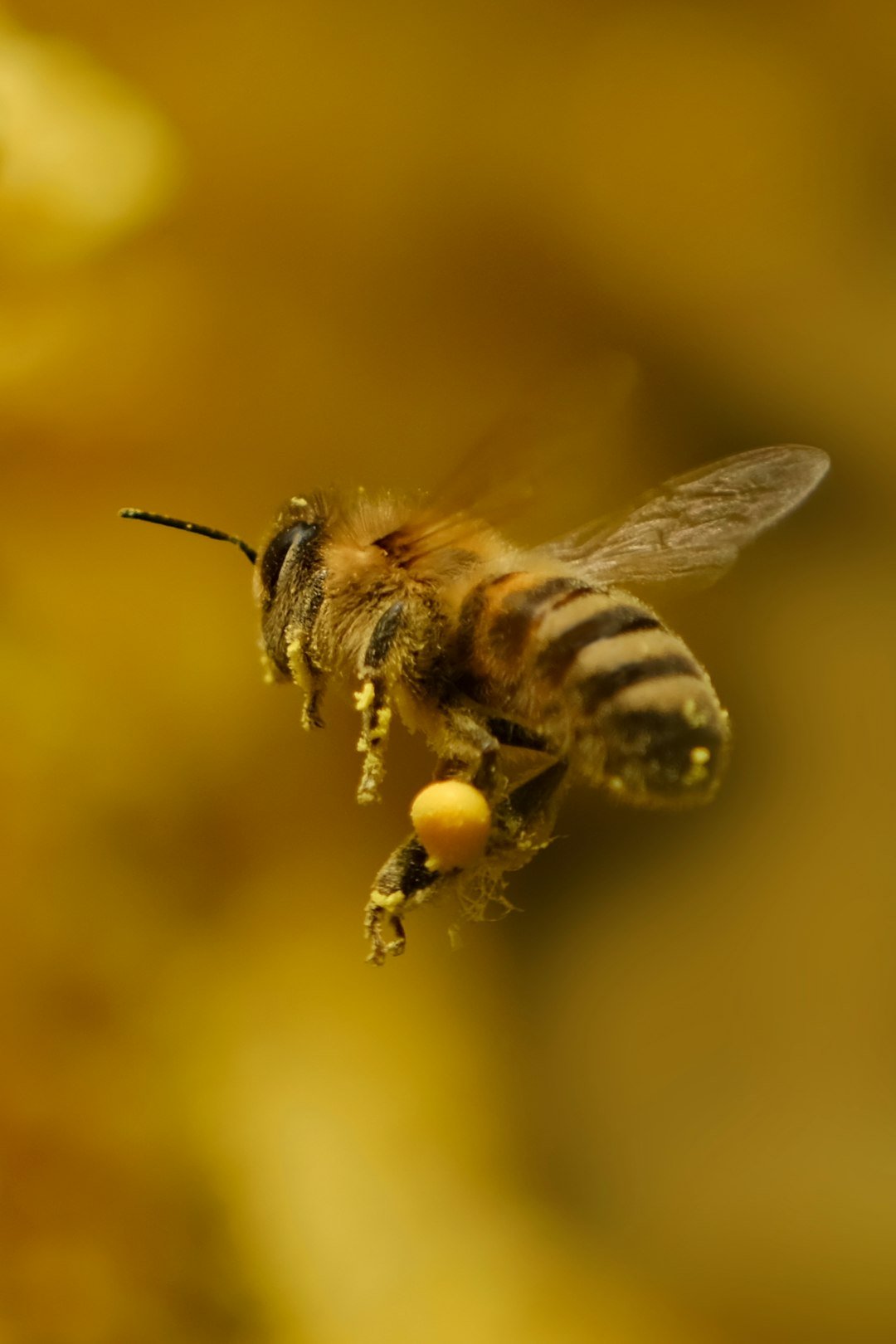
Honeybees translate the world into angles and durations, dancing out directions to nectar. The angle maps the sun’s position; the duration signals distance along that path. Nest‑mates use the code to fly straight to the prize across unfamiliar terrain.
This system works in dark hives and bright fields, bridging two environments with one language. When landscapes shift, the dance shifts too, updating the colony’s map in near real time. For a creature with a tiny brain, the logistics are breathtaking.
Foresight in Feathers: Ravens That Plan for Tomorrow

Ravens cache tools and tokens they won’t use until later, then retrieve them for future tasks. They pass up immediate treats to keep the one object that solves tomorrow’s problem. That ability to delay gratification for a later payoff looks like planning.
Social savvy adds another layer: they re‑cache food when watched, as if guarding secrets from rivals. When you can imagine a competitor’s move, you’re playing mental chess. Few birds play it better.
Global Perspectives: Deep Dialects and Traditions in Whales and Orcas

In many oceans, whales share group‑specific songs and foraging styles that persist over time. Orca families inherit distinct call repertoires and hunting tactics, from wave‑washing seals to coordinated fish herding. These customs define identity and teach survival in different seas.
Migration spreads ideas while keeping lineages tight, a rare balance of change and continuity. Culture is not a human monopoly; it rides the currents in pods and clans. The map of marine minds is cultural as much as genetic.
Best Friends, Sharp Minds: Dogs That Read Us Better Than We Think
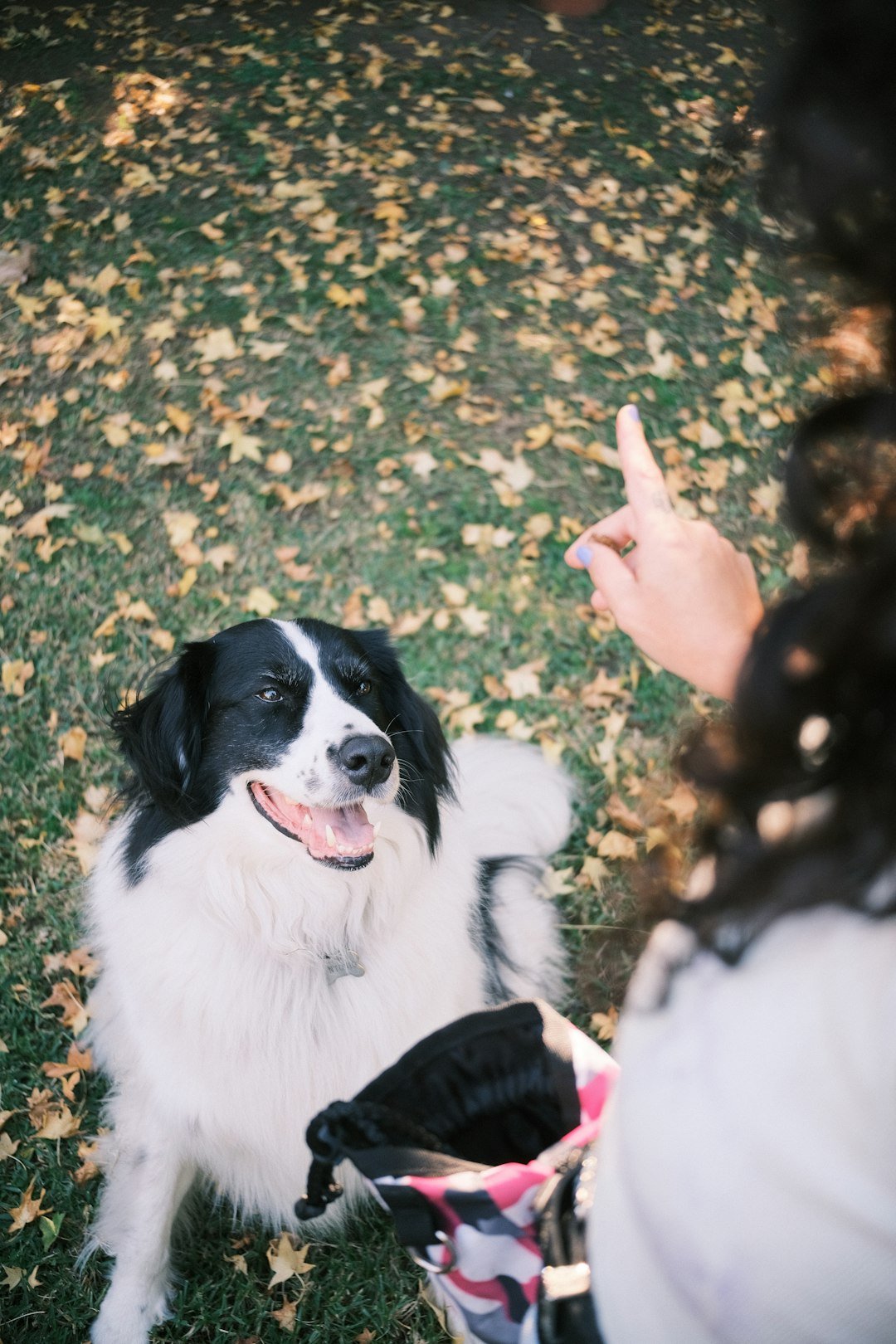
Domesticated dogs excel at reading human gestures, from pointing to eye direction. Many individuals learn new object names after just a few exposures, a skill dubbed fast‑mapping. They combine cues – tone, gaze, context – to find the hidden toy.
Thousands of years alongside humans shaped this social radar into a daily superpower. Intelligence here is tuned to partnership, not puzzles alone. We changed dogs, and they changed how we see intelligence.
Faces in a Crowd: Fish That Recognize Individual Humans
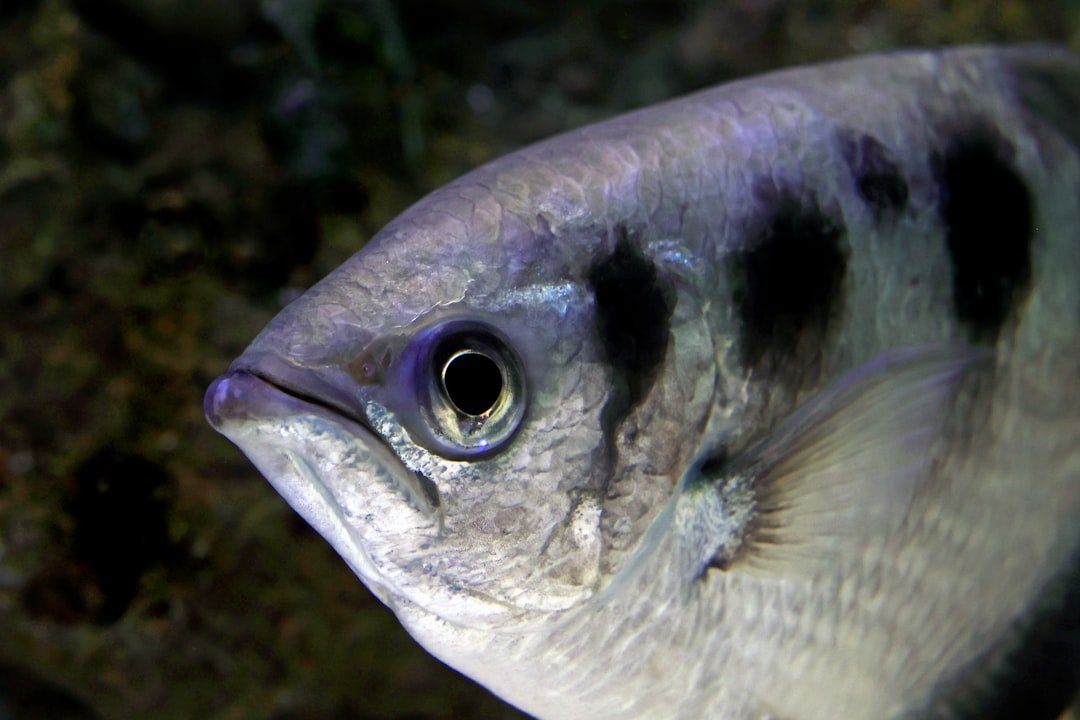
Archerfish, known for spitting jets to knock insects from leaves, can tell human faces apart from photographs. Experiments show reliable choices across new images, despite changes in lighting and angle. For a fish, that level of visual processing is striking.
It suggests complex pattern recognition outside warm‑blooded brains. Vision, not just smell or sound, can anchor social and foraging decisions. Minds come in many architectures, and some swim quietly past our assumptions.
Self‑Control Underwater: Cuttlefish That Wait for the Better Reward
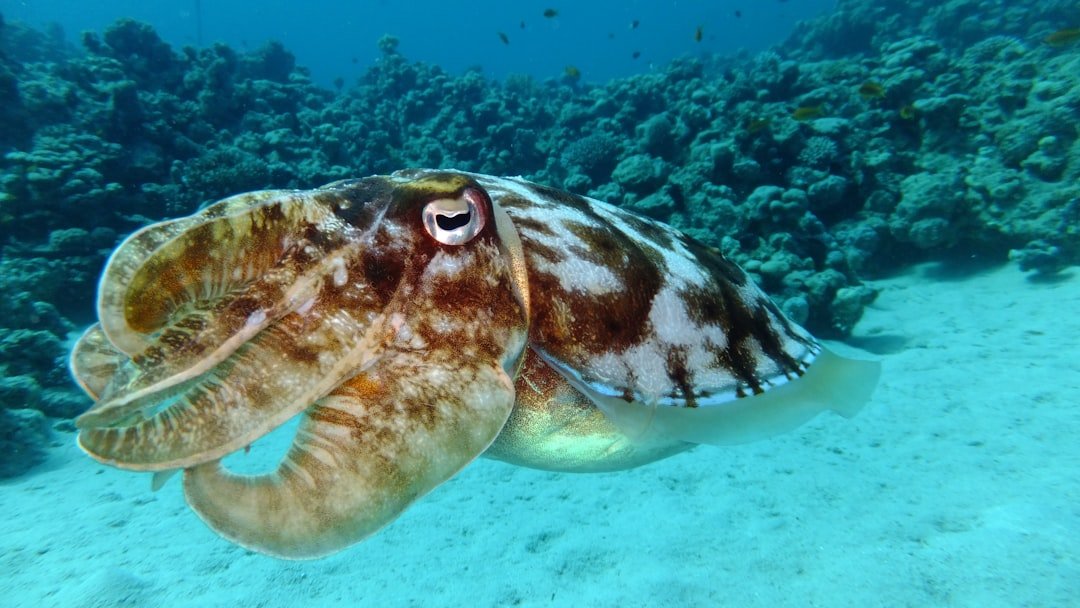
Cuttlefish in controlled tests forgo a small immediate snack to obtain a richer one later. Performance varies by individual, but many wait, hinting at impulse control tied to learning. Those that wait also perform well on other tasks.
Delayed gratification looks useful for ambush hunters who must time their strike. Planning and patience meet where camouflage meets choice. Even in the quiet of a tank, self‑control speaks loudly.
Why It Matters: Rethinking Ethics, Education, and Conservation

Intelligence research reshapes how we treat animals in labs, farms, and wild places. Evidence for planning, empathy, and culture challenges old assumptions about pain, boredom, and welfare. Policies that once focused on bodies now weigh minds and social ties.
Compared with past checklists of instincts, today’s methods test flexibility and transfer across tasks. The shift moves debates from whether minds exist to how best to respect them. Science here isn’t abstract – it directs funding, fences, and daily care.
The Future Landscape: New Tools, New Dilemmas, Wider Reach
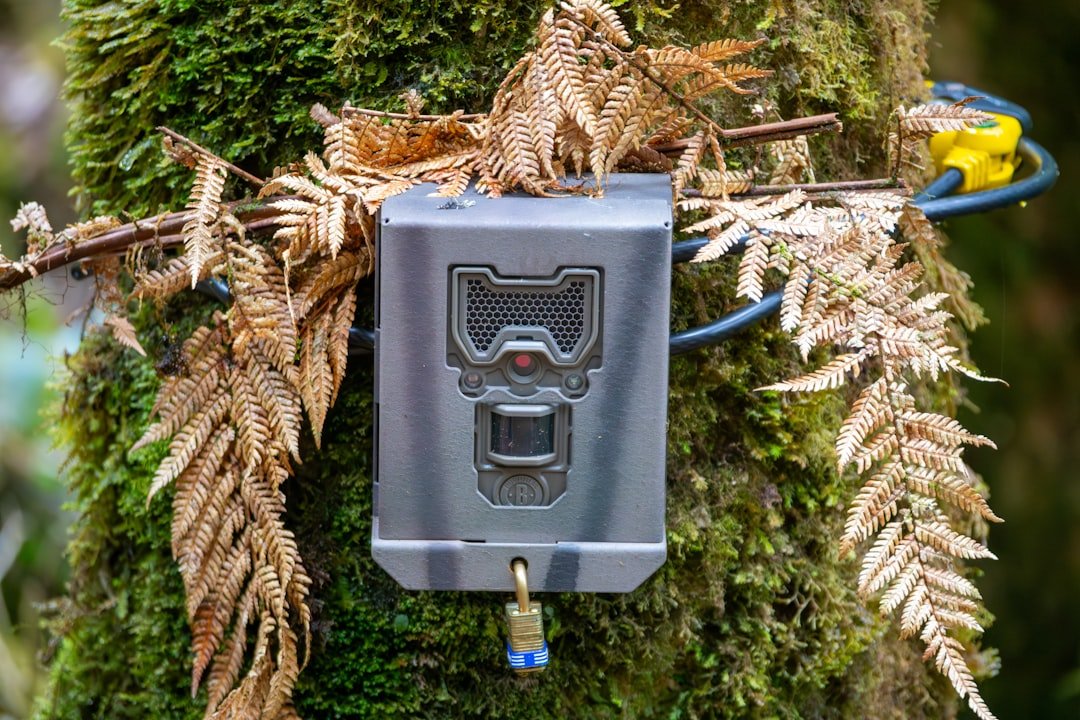
Bio‑loggers, drones, and machine‑learning models are decoding lives we rarely see, from deep‑diving whales to night‑active birds. Noninvasive neurotech is mapping perception without the old, invasive trade‑offs. These tools will reveal abilities we haven’t thought to measure.
But technology also brings dilemmas: data ownership, disturbance from tracking, and shifting baselines as habitats change. Climate stress could mask intelligence under survival chaos. The challenge is to study minds without breaking them.
How You Can Help: Simple Steps That Add Up

Support habitat protections for cognitively complex species, from coastal sanctuaries to old‑growth corridors. Choose products and tourism that avoid captive shows and reward ethical research. Keep local waters clean; noise and pollution hit communicators first.
Back community science projects that track behavior and migration, and share findings with schools. Curiosity is contagious, and small choices ripple through ecosystems that think. Your attention is a resource – use it well.

Suhail Ahmed is a passionate digital professional and nature enthusiast with over 8 years of experience in content strategy, SEO, web development, and digital operations. Alongside his freelance journey, Suhail actively contributes to nature and wildlife platforms like Discover Wildlife, where he channels his curiosity for the planet into engaging, educational storytelling.
With a strong background in managing digital ecosystems — from ecommerce stores and WordPress websites to social media and automation — Suhail merges technical precision with creative insight. His content reflects a rare balance: SEO-friendly yet deeply human, data-informed yet emotionally resonant.
Driven by a love for discovery and storytelling, Suhail believes in using digital platforms to amplify causes that matter — especially those protecting Earth’s biodiversity and inspiring sustainable living. Whether he’s managing online projects or crafting wildlife content, his goal remains the same: to inform, inspire, and leave a positive digital footprint.




